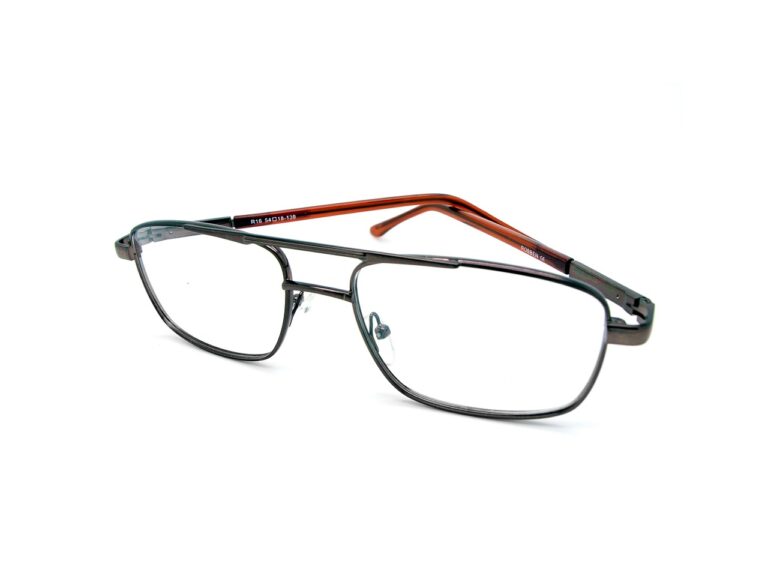Fashion and Microplastics: Addressing Environmental Impact in Synthetic Fiber Production
Synthetic fiber production has been under scrutiny for its significant environmental impact. The manufacturing process of synthetic fibers, such as polyester and nylon, involves the use of non-renewable resources like fossil fuels, leading to high energy consumption and greenhouse gas emissions. Furthermore, the chemical treatments required to create synthetic fibers pose a threat to water sources and wildlife due to their toxic nature.
In addition to the environmental implications of the production process, synthetic fibers contribute to microplastic pollution. When synthetic clothing is washed, tiny plastic fibers are released into water systems, eventually finding their way into oceans and marine life. These microplastics not only contaminate the environment but also have the potential to enter the food chain, posing risks to human health.
The Rise of Synthetic Fibers in Fashion Industry
Synthetic fibers have seen a significant surge in popularity within the fashion industry in recent years. These man-made materials, such as polyester and nylon, offer a wide range of benefits to designers and consumers alike. Their versatility, durability, and ability to mimic natural fibers make them a preferred choice for creating everything from activewear to evening gowns.
One of the main driving factors behind the rise of synthetic fibers in the fashion industry is their cost-effectiveness. Compared to natural fibers like cotton or silk, synthetic materials are generally more affordable to produce and purchase. This cost advantage allows designers to experiment with a variety of styles and trends without breaking the bank, catering to the ever-changing demands of the fast-paced fashion world.
Synthetic fibers offer a wide range of benefits to designers and consumers
Versatility, durability, and ability to mimic natural fibers make them popular
Preferred choice for creating activewear to evening gowns
Cost-effectiveness compared to natural fibers like cotton or silk
Understanding Microplastics and Their Presence in Synthetic Fibers
Microplastics are tiny plastic particles that measure less than 5 millimeters in size. These minuscule particles can be found in various sources, including synthetic fibers used in textiles and clothing. When these synthetic fibers are washed, they shed microplastics that ultimately end up in the environment.
Recent studies have highlighted the prevalence of microplastics in marine ecosystems, leading to concerns about their impact on marine life and the overall health of our oceans. As synthetic fibers continue to be a popular choice in the fashion industry, it is essential to address the issue of microplastic pollution and explore potential solutions to mitigate its environmental consequences.
What are microplastics?
Microplastics are tiny plastic particles that are less than 5mm in size. They can come from a variety of sources, including the breakdown of larger plastic items and the shedding of synthetic fibers.
How do microplastics end up in synthetic fibers?
When synthetic fibers are washed, they release microplastics into the water. These microplastics can then make their way into rivers, oceans, and other water bodies.
What impact do microplastics have on the environment?
Microplastics can have a range of negative impacts on the environment, including harming marine life, contaminating food chains, and polluting water sources.
What can be done to reduce the presence of microplastics in synthetic fibers?
There are a few steps that can be taken to reduce the release of microplastics from synthetic fibers, such as using a Guppyfriend Washing Bag, washing clothes less frequently, and opting for natural fibers when possible.
Are there any regulations in place to address the issue of microplastics in synthetic fibers?
Some countries and regions have started to implement regulations to address the issue of microplastics in synthetic fibers, but more action is needed on a global scale to effectively tackle this problem.







